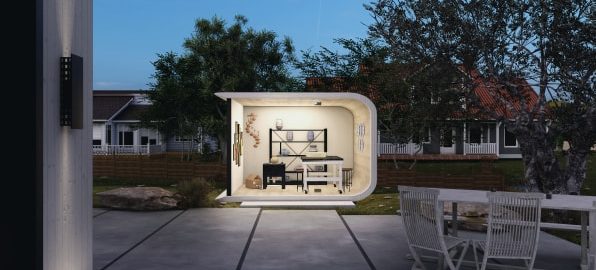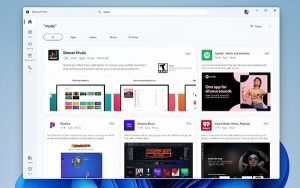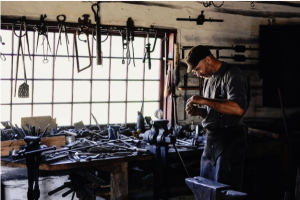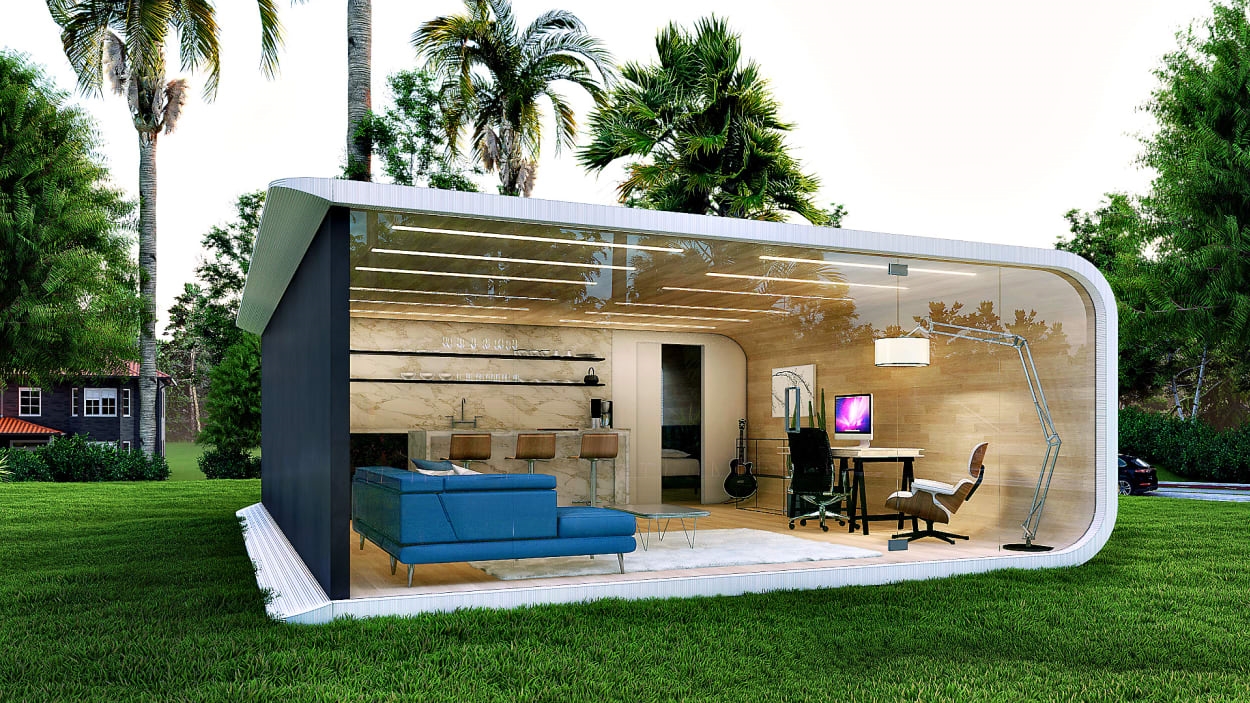
Backyard cottages have been hailed as a way to quickly add new rental space in cities with a shortage of housing. But they’re typically expensive to build.
In L.A., where the city government has been trying to nudge homeowners to build more ADUs, or accessory dwelling units, the average construction price for a new cottage starts at $150,000 and goes up to around $350,000, not including building plans, engineering work, and other expenses.
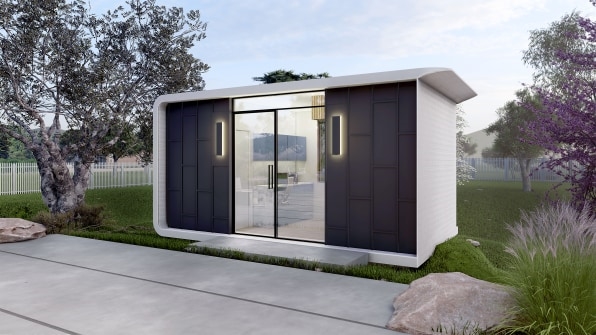
A startup called Azure Printed Homes is taking a different approach: By 3D-printing the roof, floor, and walls with recycled plastic, and building the rest of the home inside a factory, it keeps costs lower. A simple backyard studio apartment, with a tiny kitchen and a bathroom, starts at $39,900. The foundation, delivery, utility hookups, and other costs add about 25% to 30% to the total, but it’s still far less expensive than most alternatives.
In its factory in Culver City, near LAX Airport, the company is getting ready to print its first homes. The 3D printer can print the shell of the house—the floor, roof, and two walls—in a single day. In the walls, the printer includes channels for plumbing and wiring. The two other walls aren’t 3D printed, but pre-engineered panels with doors and windows.
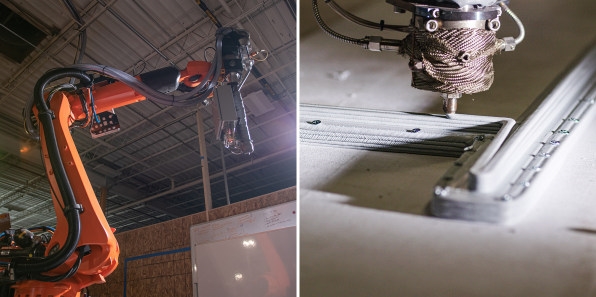
“Day one is the print itself that creates that module shell,” says Ross Maguire, cofounder of Azure Printed Homes. “Then, by day two, we’re already wiring and plumbing inside that shell.” The robot squeezes out lines of plastic, a little like toothpaste from a tube, to form the structure. Other companies, including the nonprofit New Story and the startup Icon, have pioneered 3D-printed homes with concrete.
Azure wanted to use a lightweight material so homes can be built in its factory and then delivered to the site. Both 3D printing and prefab construction in a factory can speed up construction time and reduce labor, ultimately reducing costs. Azure also wanted to make use of a waste material and “repurpose a waste product that is kind of causing a headache globally,” Maguire says. A 180-square-foot ADU can use the equivalent of around 100,000 recycled water bottles. The company is working with various suppliers, and says there is no shortage, at least for now, of recycled plastic to use.
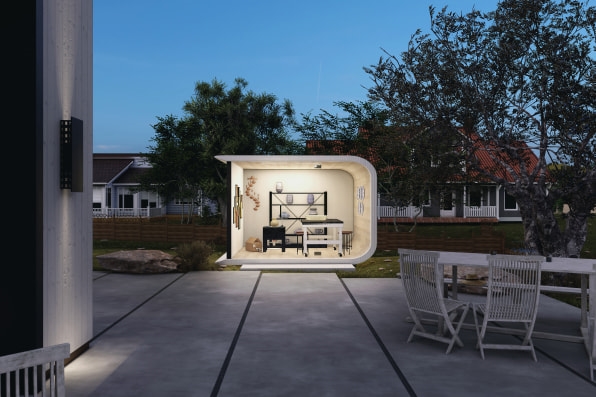
In one of its first projects, the company is working with a developer to build a small group of cottages that can be used for short-term rentals, and it will be working through a waiting list of backyard cottage for homeowners. But it’s also in talks with groups that want to build tiny homes for people experiencing homelessness. The company can build larger single-family homes, and smaller modules could be stacked together to build multifamily housing. “You’re restricted by what you can ship, but there’s obviously no end to how many modules you can connect together to create different designs,” says Maguire.
(29)
Report Post